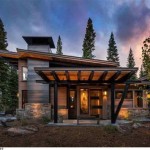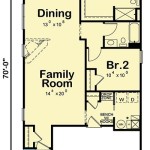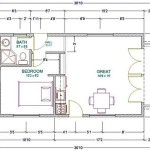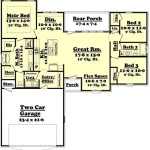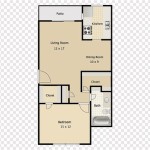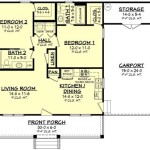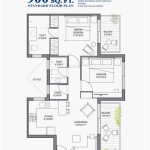Traditional Floor Plans for Houses
Traditional floor plans have been around for centuries and have remained popular due to their timeless appeal and functionality. These plans feature familiar layouts and design elements that exude a sense of warmth and comfort. They prioritize symmetry and balance, creating a harmonious living environment that stands the test of time.
Key Characteristics of Traditional Floor Plans
Traditional floor plans are typically characterized by the following features:
*Formal Entrance:
A grand entryway with high ceilings and a prominent staircase creates a dramatic first impression. *Central Hallway:
A central hallway divides the house into distinct wings, providing access to different rooms on each side. *Formal Living and Dining Rooms:
These rooms are often separated by pocket doors and feature elegant finishes, such as crown molding and wainscoting. *Spacious Kitchen:
The kitchen is typically located towards the back of the house and features ample storage and counter space. *Breakfast Nook or Eat-In Area:
Adjacent to the kitchen, this cozy space provides a casual dining option. *Master Suite:
The master suite is typically located on the upper floor and features a spacious bedroom, walk-in closet, and en suite bathroom. *Additional Bedrooms:
Additional bedrooms on the upper floor provide ample space for family or guests. *Basement or Attic:
Many traditional houses feature a full basement or attic that can be utilized for storage, recreation, or additional living space.Common Traditional Floor Plan Layouts
Some of the most common traditional floor plan layouts include:
*Colonial:
This layout features a central entrance hall flanked by formal living and dining rooms, with the kitchen and breakfast nook towards the back. *Georgian:
Similar to the Colonial layout, Georgian plans emphasize symmetry and proportion, with a grand staircase often placed in the center of the house. *Federal:
This layout is characterized by its elegant lines and refined details, featuring a central hallway and formal rooms on both sides. *Victorian:
Victorian floor plans are more elaborate and ornate, with bay windows, intricate moldings, and a prominent central staircase. *Craftsman:
Craftsman homes feature a more rustic and organic aesthetic, with open floor plans, built-in cabinetry, and wood-trimmed details.Benefits of Traditional Floor Plans
Traditional floor plans offer several advantages:
*Timeless Appeal:
These plans have endured for generations and continue to be sought after for their classic elegance. *Functional Layout:
Traditional layouts are designed to maximize space and flow, creating a comfortable and efficient living environment. *Natural Light:
Large windows and high ceilings allow for ample natural light to illuminate the home. *Sense of Order:
The symmetrical and balanced design of traditional floor plans creates a sense of order and harmony. *Versatility:
Traditional plans can be adapted to accommodate modern amenities and lifestyles, ensuring their continued relevance in today's society.Conclusion
Traditional floor plans embody a timeless aesthetic and functional design. They offer a sense of warmth, comfort, and elegance that can endure for generations. Whether you're building a new home or renovating an existing one, a traditional floor plan can provide you with a beautiful and enduring living space.

Traditional Home Plans Design Basics

Traditional House Plans Monster

Traditional Style House Plan 3 Beds 2 Baths 1325 Sq Ft 18 1028 Houseplans Com

2 Story Traditional House Plan Vanhorn

Cedar Shake Traditional House Plan Design Modern Spacious Double Garage Drawings Blueprints

Harrahill Traditional Home

Traditional House Floor Plans Real Estate Zambia Be Forward

Traditional Homes With Closed Floor Plans Blog Eplans Com

House Plan Traditional Home

House Plan 42698 Traditional Style With 3952 Sq Ft 4 Bed Ba

